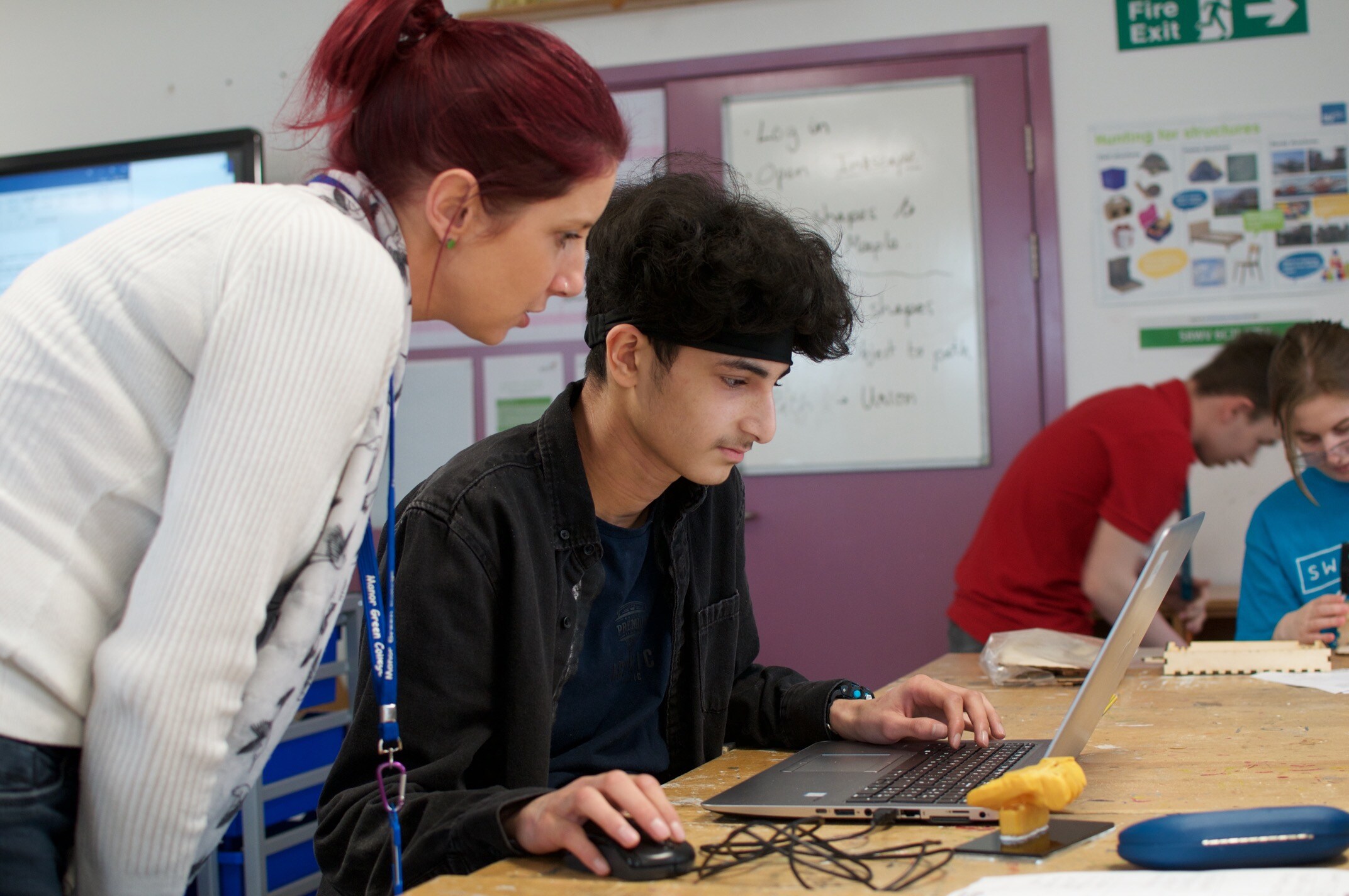
Evidencing Arts Award using social media
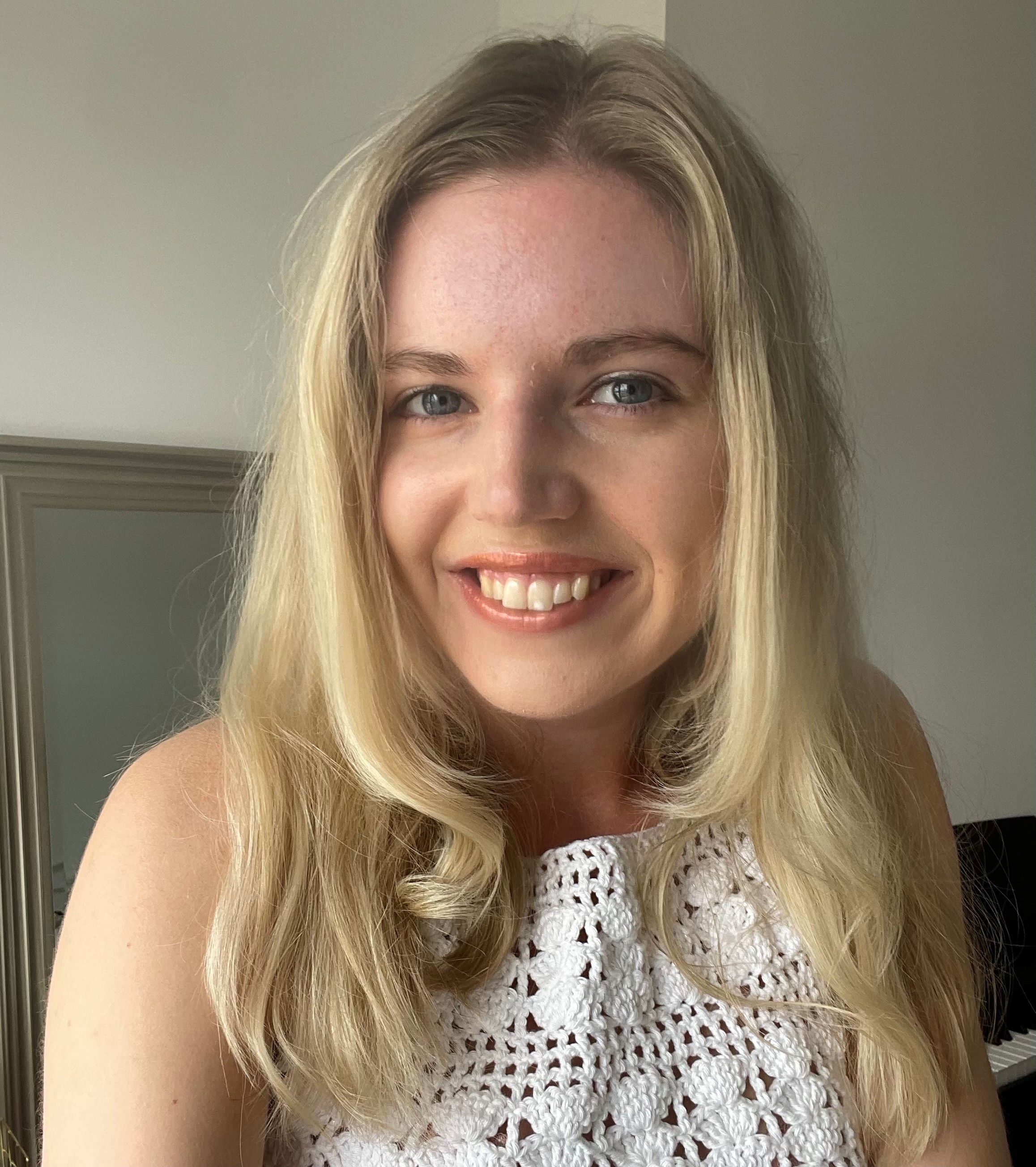
BY: Amy Lee
30 May 2024
Arts Award’s flexible framework means there’s lots of ways that young people can gather evidence for their portfolios: from written statements and their own physical works of art to videos, to voice notes and social media posts - there’s an option for everyone. In this blog we’ll be offering some key tips on collecting evidence for Arts Award using social media.
Showcasing Arts Award work
Social platforms are a helpful forum to showcase young people’s artwork whilst also acting as evidence for Arts Award. A social media handle may be created for the young person where they can upload their completed artwork, and then the link to this page can be shared with the moderator if they are chosen for moderation. Sharing artwork on social media may open the doors to artistic opportunities and/or gain traction for the artwork and page they’ve created. This can be helpful for professional development in their chosen artform.
In addition to artwork creation, young people can also evidence other parts of their Arts Award portfolio on social media. For example, this could take the form of sharing work with others for Explore Part D ‘Share’, evidenced in a social media video on the Facebook page of a theatre group delivering Arts Award. In this case, the centre would need to make sure that the video clearly includes the evidence of the young person taking part in the relevant Part of Explore. Another example may be an interview that the young person has undertaken with a practitioner for Silver Unit 1: Part D which has been shared on TikTok.
See the ‘Remember’ section of this blog, for the things you need to do before showcasing young people and their work online.
Interacting with artists/practitioners
Social media is also a great place to learn from and interact with artists or arts practitioners. Many artists will have their own social media page, whether that’s Instagram, Facebook or TikTok, so by searching for the relevant handle, young people can learn more about their chosen artist or practitioner. They can also interact with artists and practitioners related to their field of interest, to help them keep them up to date with the latest trends and opportunities. Young people may discover that an artist they are interested in has an upcoming exhibition which they can attend or a practitioner is holding a workshop related to their project. The research undertaken through looking at social media can be useful for Explore Part B, or more in-depth research, for example which organisations support their chosen practitioner, is helpful for Gold Unit 1: Part C.
Young people can also use their interactions on social media as part of their Arts Award evidence. For example, for Silver Unit 1, Part D ‘Arts Research’, a young person may have reached out to a practitioner they admire and asked them a question. This gives a chance to understand the practitioners’ career development or work. These interactions on social media can be used in their portfolio as evidence.
Remember
Centres should consider carefully the incorporation of social media into their Arts Award delivery with young people. You should act in accordance with your policies regarding social media, data protection, young people’s images and safeguarding. There is also useful guidance from NSPCC on safely using social media.
In general, we would recommend that young people are over 18 years of age for engaging with Arts Award in ways suggested in this blog, but this of course depends on your centre and the type of young people you work with. You should not create social media handles on behalf of young people under 18 without their parents/carers’ written permission.
If you are using a social media page created specifically to showcase a young person’s artwork or their portfolio, this will need to be set up as a public page in case the young person is chosen for moderation. For displaying entire portfolios, remember you will also need written permission from other young people or their parents/carers (if under 18), and practitioners that may be featured on the social media page.
If chosen for moderation, you will have the option to share links as part of evidence, so you can directly share social media links there. You could also include them within a PowerPoint portfolio, or within files added to Google Drive or One Drive – the possibilities are endless!
We hope you enjoy using social media to help young people learn and evidence for Arts Award. Why not read more about the new Arts Award moderation changes, so you can make sure you’re fully prepared in case you get chosen for moderation?
Related posts
BY: Alan Lynch
BY: Alan Lynch

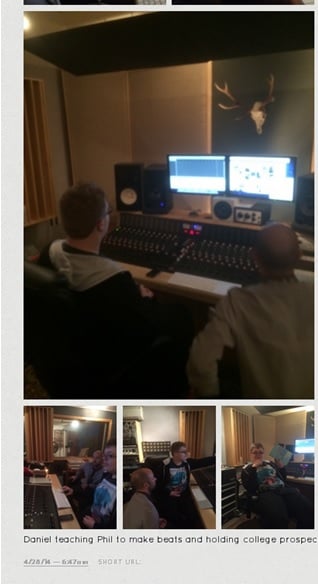
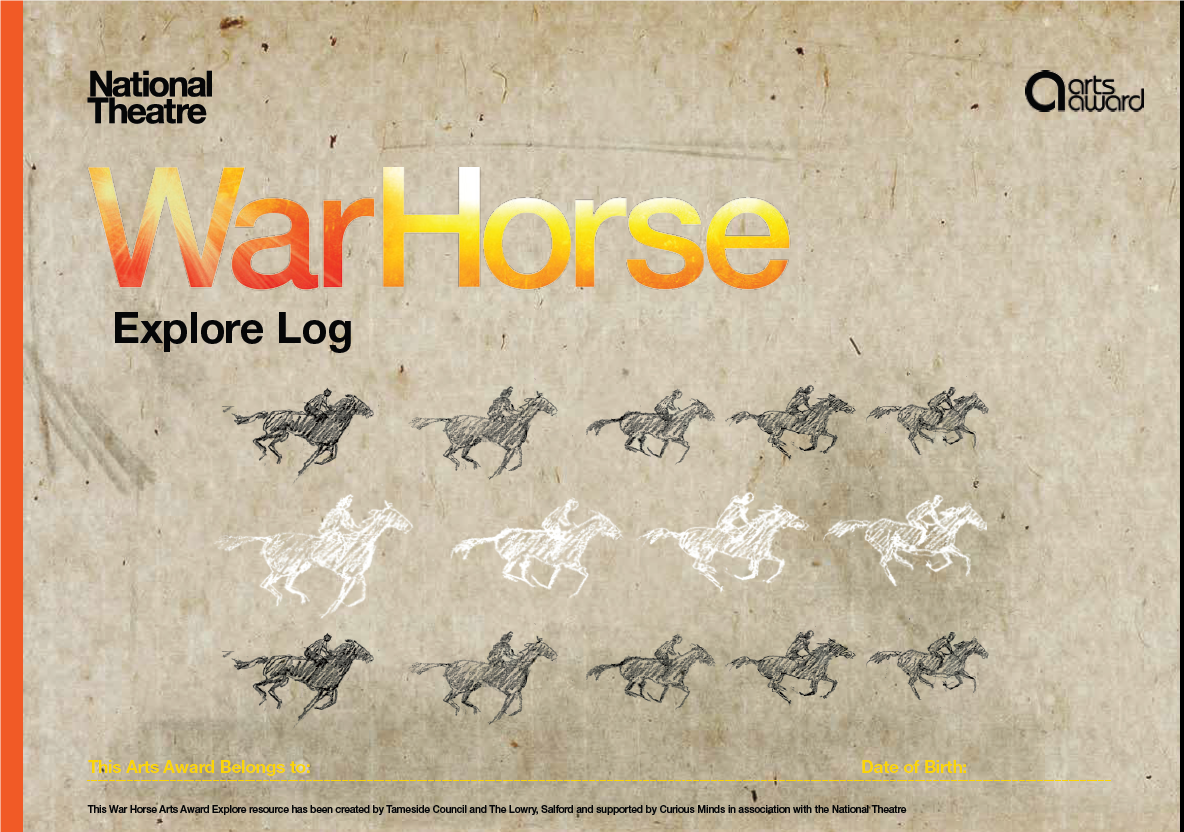
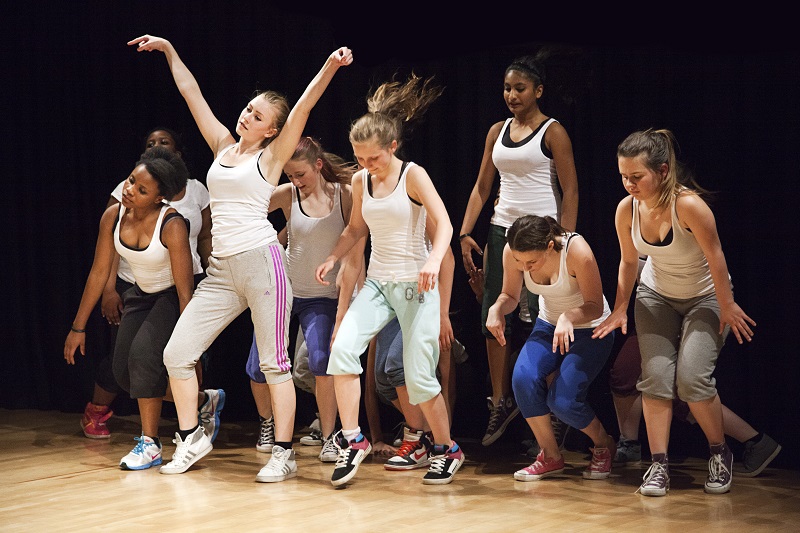
Comments & Replies